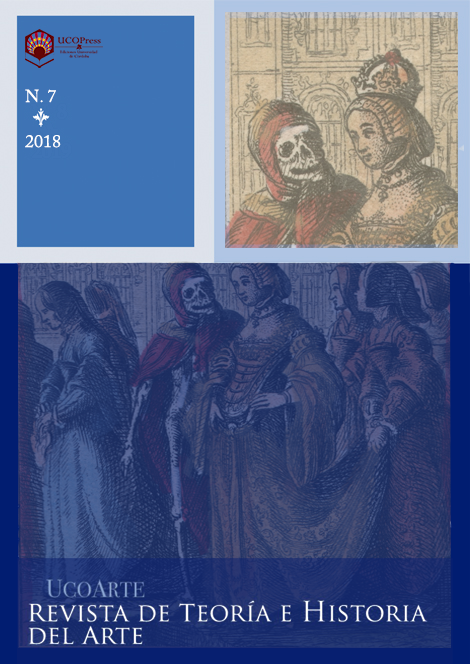Iconography and symbology in the Camarin of our Lady of the Rosary of Granada
Main Article Content
Abstract
The Camarín of Our Lady of the Rosary (1727-1773), which is considered the most outstanding work of its kind of the Spanish Baroque, was conceived from its origins for a symbolic purpose: that of being a small celestial palace. A project with worldly connotations, which follows the palace and court designs of the epoch, but also with elements that clearly convert this camarín into a piece of heaven on earth. Besides these symbolic evocations, it was also equipped with a powerful iconography that focuses on the interaction between good and evil and on the exaltation of the Virgin Mary. Such iconography was developed by the best Granada artists of the second half of the eighteenth century, resulting in an exceptional collection with great thematic unity.





